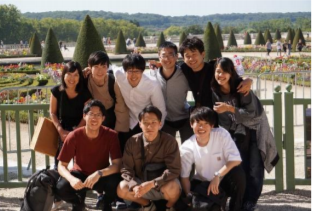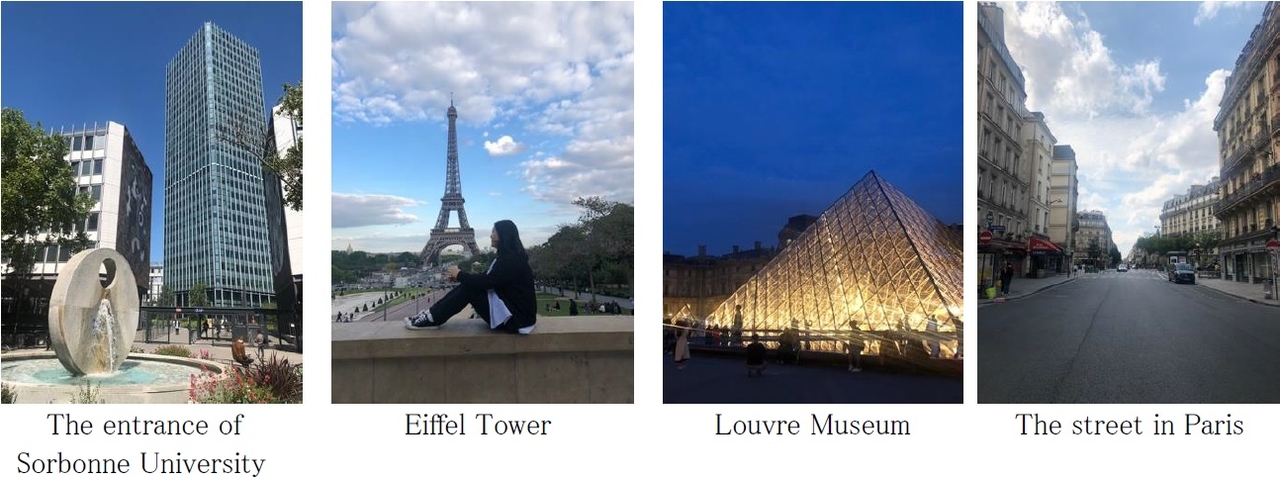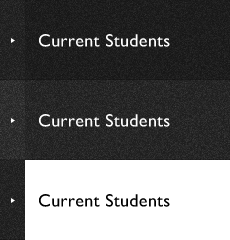Summer Exchange Research Program(SERP) Sorbonne University, May to July 2019

Year of Study: |
M2 |
|---|---|
School: |
Materials and Chemical Technology |
Country / Region: |
France |
University / Institution: |
Université Paris 1 Panthéon-Sorbonne |
Program Duration: |
May to July 2019 |
Sorbonne University is the national university in Paris and it is succeeded from University of Paris which is firstly found in 1257. University of Paris was established again in 1971 and it was separated to each department (law, economics, science, medicine, etc.). In 2018, Paris-Sorbonne University (Humanities) and Pierre et Marie Curie University (Science and medicine) have decided to merge into ‘Sorbonne University’. I was in Pierre et Marie Curie campus which is located in the center of Paris, near the Seine river and Notre-Dame church are also very close. Interestingly, it has unique campus with matrix structure, so all buildings are connected.
Fortunately, I got the job offer before I applied to this program, so there was no problem about the job hunting. Before the application, I gathered information from the university website then consulted with my academic supervisor of Tokyo Tech. When you apply to Sorbonne university, it is needed to contact through the coordinator of the host university, so all step until the host lab was decided, I contacted with the coordinator by e-mail.
In Sorbonne University, I was in Paris Institute of Nanoscience (INSP), mainly the team of nanometric thin film. The main expertise in this team is Ion Beam Analysis, which can perform Rutherford Backscattering Spectroscopy, Nuclear Reaction Analysis, and Medium-Energy Ion Scattering. With this analytic method, they study about the detailed structure on the surface and interface reactivity. In addition, Atomic Layer Deposition (ALD) system is also available.
For my internship, I planned two subjects;Isotopic tracing of oxygen exchange on SiO2 and Ta2O5 and the thin film formation of TiO2 by ALD.
The isotopic tracing experiment was performed in the furnace with isotopic water vapor of combination of hydrogen, deuterium, 16 and 18 oxygen. These experiments are the first investigations in the world, to my knowledge, of the exchange between 'wet' oxygen and oxides. It is suggested that oxygen from water participate to the exchange reaction. In addition, there is virtually no exchange between O2and oxide, but the presence of O2strongly influences the exchange between water vapor and oxide. In addition, it suggests that the effect of O2is not chemical, but rather physical (the total pressure). To make clear for this question, further experiment would be needed by annealing under mixtures of water vapor and an inert gas such as argon.
On the other hand, The original ALD system in INSP was introduced for thermal ALD. Here, TDMAT was employed as precursors and H2O was used as oxidant for TiO2.From the change on thickness, it is suggested that the film grows constantly at linear relation up to 100 cycle and the annealing step is effective to make thick film. This operation was also performed with isotopic water (D218O).
After school and on weekend, I preferred to go to museums. France is especially famous for historical arts and culture, there is a lot of chance to meet arts.I visited Louvre Museum, Orsay Museum, Orangerie Museum, Center of Pompidou and more. Also, there are many festivals and special days especially in summer in France. For example, on the day of music, it is okay to turn up the music all night so everyone dances and sings on the street all night.On the national day (Bastille day),there is the firework at Eiffel Tower. But simply, in Paris, just drinking some beer and wine beside the river and anywhere is great. Another attractive thing in Europe is that all countries border on each other so you can go to other countries easily by train. On weekend I visited Belgium, and also after my internship I traveled to Germany and UK.
In France, international students usually stay in CROUS and Cite Universite. However, there was no available room from university, so I found the accommodation by myself.I use the website of Sorbonne university and also applied to Cite Universite. I got permissions from both Korean building of Cite Universite and the dormitory of another university and I chose the latter which is cheaper. There were Bathroom inside the room and I shared kitchen with 3-5 people.
Initially, I spent ¥90,000 for round-trip flight ticket and about ¥40,000 for the insurance. For daily life, the rent was €520 and about €500-600 for food and more. The meal of school restaurant was €3 but the normal restaurant outside, it is at least €15-20 for one meal. It was covered by Tokyo Tech scholarship and private expense.
It was my first time to go out from Asia, so everything was new to me. The most impressive and good thing is that I can feel free to express my opinion. There were not many meetings in the lab but instead, I frequently talked with the supervisor professor about the experiment and the plan. There are more chance to share my idea so it is important that having aggressive and independent attitude.



